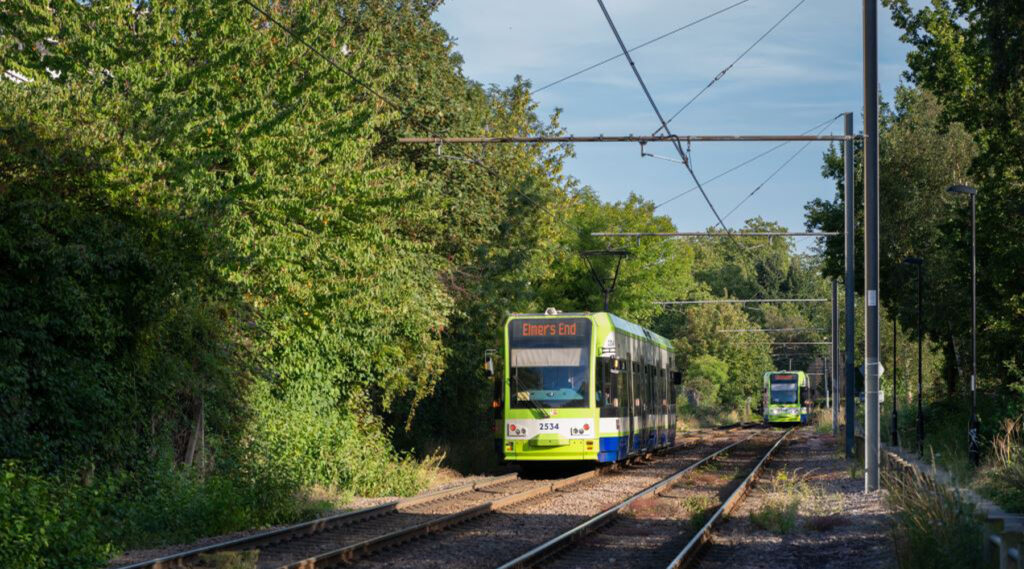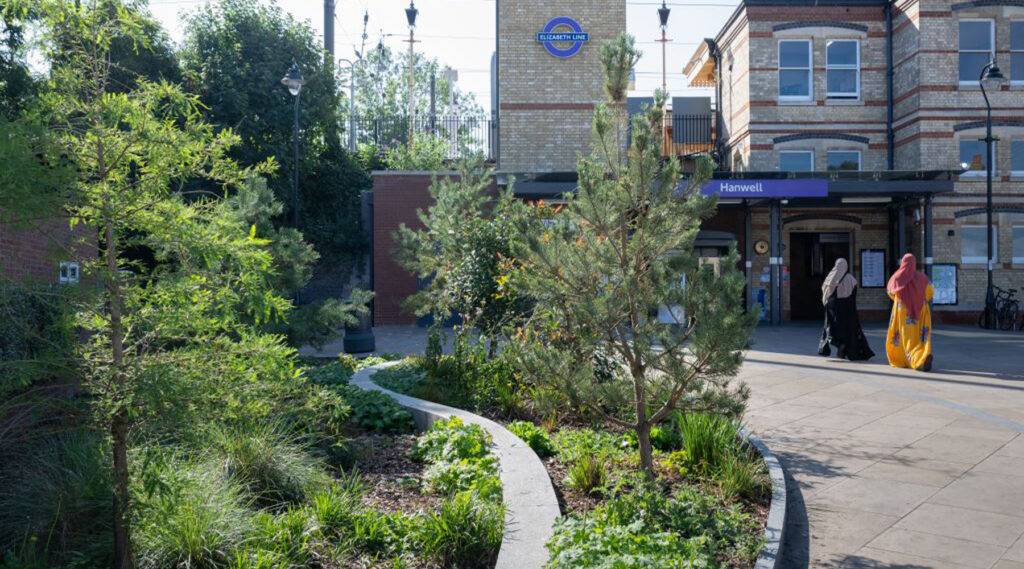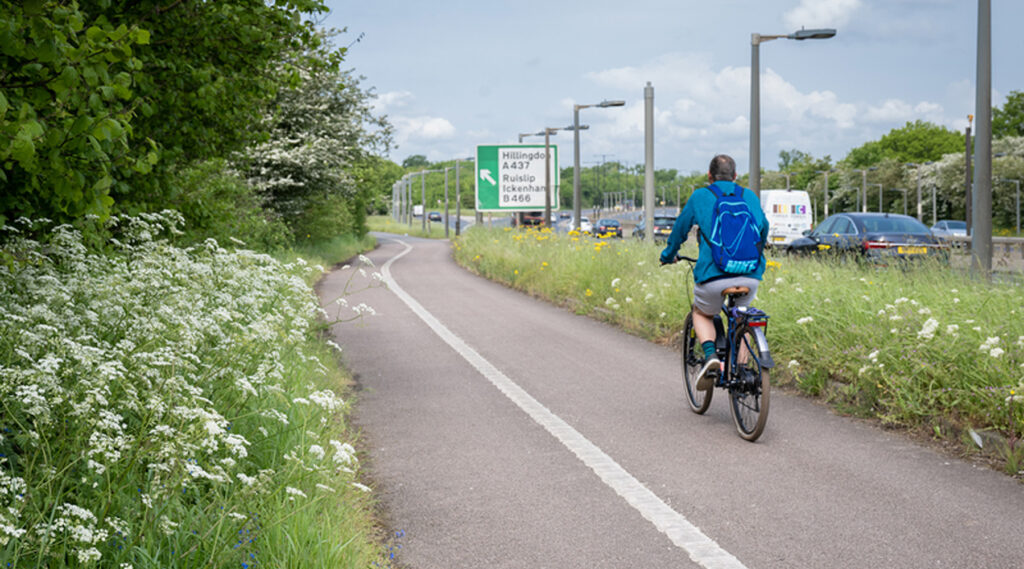One of London’s largest landowners has outlined how it will improve the environment across its huge estate — and that landowner is Transport for London (TfL).
Almost a third of TfL’s 2,300 hectares of land is covered by vegetation, from the long linear wildlife strips along railways to plots of land that are unsuitable for development and are left as wildlife spaces, though to the network of major roads that TfL manages.
Understandably, many of these spaces are actively controlled to minimise their impact on transport services rather than to improve the environment. But there’s increasingly a much better understanding of how wildlife benefits society and that it’s possible to improve biodiversity rather than treating nature as a problem to be controlled.
Indeed, railways offer the potential to create wildlife corridors snaking through urban lands and linking up parks that would otherwise be isolated islands in the city.
To improve London’s wildlife, TfL has published a new Green Infrastructure and Biodiversity Plan that sets out how it will expand green infrastructure and biodiversity across its estate and networks. For the first time, it captures in one place the existing relevant targets, legal requirements, and policy commitments to hit the targets that TfL has set for the next few years.
More trees will be planted, aiming to boost tree cover by 10 percent by 2050 compared to the 2016 baseline—although that’s not expected to be along TfL’s railway tracks. Increasing tree cover not only benefits wildlife, and is pleasant for humans to sit under, but also cools the local atmosphere through shading that prevents the ground from absorbing heat from the sun and actively cooling the air through evapotranspiration.
To improve biodiversity, TfL aims to double wildflower verges to 260,000 square metres in 2024 and develop a longer-term plan to continue their introduction across London while also ensuring 5,000 square metres of Sustainable Drainage Systems (SuDS), such as rain gardens, are installed on TfL’s road network every year. These nature-based solutions not only help support biodiversity but also help reduce the risk of localised flooding from sudden heavy downpours of rain in storms.
The plan outlines how soil on TfL land will be protected from degradation or contamination, reducing the need for additional resources, such as fertiliser and compost.
Overall, TfL aims to increase biodiversity on applicable schemes by 10 percent from February 2024.
TfL’s property estate already includes land that intersects two special areas of conservation, six sites of special scientific interest, eight local nature reserves, and 139 sites of importance for nature conservation. TfL’s wide variety of habitats, from woodland to wetland, support more than 1,000 animal species – such as a range of butterfly species and eight different species of bat within a disused railway tunnel at Highgate – and almost 700 plant species across London.
In 2022, a TfL-commissioned report found that the benefits from TfL’s natural capital assets that could be monetised have a current estimated gross asset value of £328 million, which is significant but still thought to be an underestimate.
The ambition of the plans now being outlined is to expand the land that’s rewilded and made more suitable for a warming climate.
Details of TfL’s biodiversity plan are here.
Lilli Matson, Chief Safety, Health and Environment Officer at Transport for London (TfL) said: “As one of London’s largest landowners, TfL has an extensive network of green corridors, from tree-lined streets to trackside woodland. Together, these play a crucial role in connecting London’s green spaces for wildlife.
“Our new Green Infrastructure and Biodiversity plan forms part of our continuing work in creating a greener, more biodiverse city that is resilient and well adapted to climate change. By lowering the environmental impact of our business and offering a range of sustainable ways to travel across London, we can use our real estate and infrastructure to create a city that allows people and wildlife to flourish.”










This feels like a distraction technique to cover-up the woeful lack of progress in reducing vehiclar fumes & emissions in London or credible plans to implement anywhere near the number of Low Traffic Neighbourhoods that were promised back in 2022.
The LTNs are the responsibility of the local councils, not TfL, and I think you’d struggle to argue that the massive fuss over ULEZ expansion was an example of a “lack of progress”
All sounds fine until the issues of embankment and cutting stability comes bacl. Network rail removed vegetation to stabilise them and stop regrowth. Needs proper impact assessments and feasibility studies working with Network Rail, who have experience in this area.